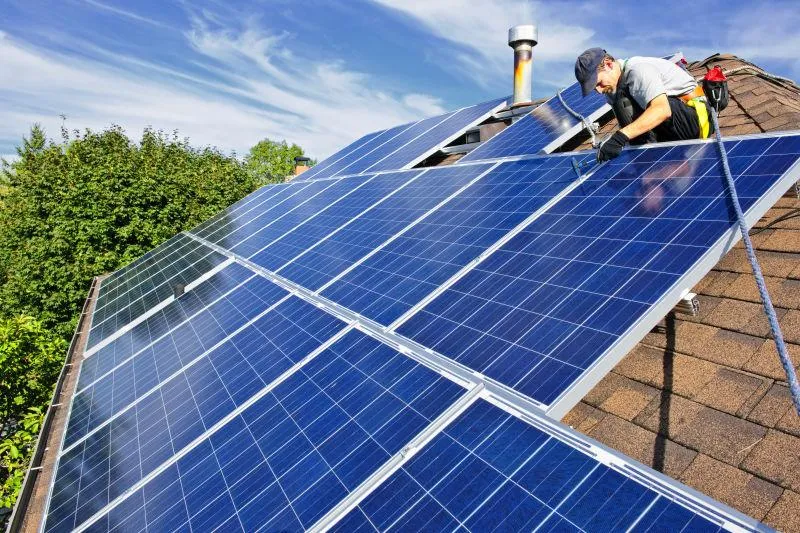Bifacial Solar Panel Cost Analysis and Market Trends for 2023
Bifacial Solar Panel Prices A Comprehensive Overview
In recent years, the solar energy market has witnessed significant advancements, particularly with the introduction and widespread adoption of bifacial solar panels. Unlike traditional solar panels, bifacial panels are capable of capturing sunlight on both sides, enhancing their energy production and making them an attractive option for both residential and commercial installations. However, as with any technology, understanding the pricing dynamics of bifacial solar panels is crucial for potential buyers, investors, and stakeholders in the renewable energy sector.
The Basics of Bifacial Solar Panels
Bifacial solar panels are designed with a transparent back, allowing sunlight to penetrate from both the top and bottom surfaces. This dual-sided feature enables the panels to absorb scattered light that reflects off the ground and nearby surfaces, thereby increasing their overall energy output by approximately 10-30% compared to traditional monofacial panels. This increased efficiency tends to justify the higher initial investment in bifacial technology, particularly in areas with high albedo, or reflective surfaces, such as snow, sand, or light-colored concrete.
Pricing of Bifacial Solar Panels An Overview
The pricing of bifacial solar panels has seen a downward trend in recent years, similar to the broader solar market. As of late 2023, the price of bifacial panels typically ranges between $0.30 to $0.60 per watt, depending on various factors such as the quality of the materials used, the manufacturer, and the specific technological features of the panels. While these prices may be higher than those of their monofacial counterparts, which generally range from $0.25 to $0.50 per watt, the long-term energy production benefits often outweigh the initial cost differences.
Factors Influencing Bifacial Solar Panel Prices
1. Manufacturing and Technology The cost of bifacial solar panels is influenced by manufacturing processes and the technological advancements in solar cell efficiency. High-efficiency cells often come at a premium price, but they can significantly enhance energy output over the panel's lifespan.
bifacial solar panel price

2. Market Demand As the demand for solar energy solutions grows, the competition among manufacturers intensifies, which can lead to price reductions. Countries investing heavily in renewable energy infrastructure, such as China and the United States, have seen substantial production capacity increases, which contributes to lower prices.
3. Installation Costs While the price of the panels themselves is a key consideration, installation costs for bifacial systems can differ from traditional systems. Given the need for optimization in layout and mounting to maximize the dual-sided benefits, installation can be more complex and potentially more expensive. However, innovative mounting solutions are emerging, which may help mitigate these costs.
4. Incentives and Subsidies Government incentives and subsidies for solar energy adoption can significantly impact the effective cost of bifacial panels. Tax credits, rebates, and grants can make these panels more financially viable for consumers and businesses, thus increasing their overall market appeal.
5. Location and Site Conditions The geographic location and specific site conditions play a critical role in determining the cost-effectiveness of bifacial solar panels. Areas with higher solar insolation and reflective surfaces (like deserts or snow-covered regions) will see a more notable advantage from bifacial technology.
Future Outlook
Looking ahead, the bifacial solar panel market is poised for continued growth. As technological innovations emerge, costs are expected to decline further, making them an increasingly attractive option for consumers. Additionally, the growing emphasis on sustainability and renewable energy sources will drive interest and investment in bifacial solar technology.
Overall, the decision to invest in bifacial solar panels should consider the initial costs against the long-term benefits. With increasing efficiencies, potential savings on electricity bills, and a reduced carbon footprint, bifacial solar panels represent a sound investment in a sustainable future. As prices continue to evolve alongside technology advancements and market forces, they will undoubtedly play a significant role in the global transition to renewable energy solutions.
-
Unlocking Energy Freedom with the Off Grid Solar InverterNewsJun.06,2025
-
Unlock More Solar Power with a High-Efficiency Bifacial Solar PanelNewsJun.06,2025
-
Power Your Future with High-Efficiency Monocrystalline Solar PanelsNewsJun.06,2025
-
Next-Gen Solar Power Starts with Micro Solar InvertersNewsJun.06,2025
-
Harnessing Peak Efficiency with the On Grid Solar InverterNewsJun.06,2025
-
Discover Unmatched Efficiency with the Latest String Solar InverterNewsJun.06,2025







